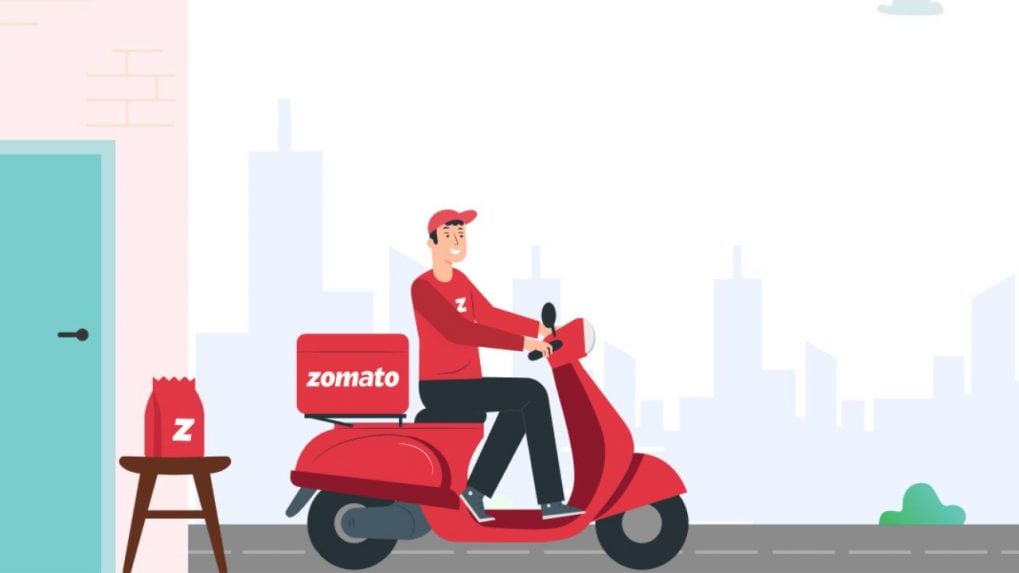Digital
Why OpenAI is hiring 100 ex-bankers: Inside the ChatGPT-maker's secret project to automate Wall Street's grunt work

If you ordered food on Zomato back in 2019, your bill likely looked a lot simpler and lighter on the pocket. No delivery fee, no platform charge, and no rain surcharge. Fast forward to 2025, and the same order might cost you three times as much.
A viral Reddit post recently reignited nostalgia for Zomato’s early days when convenience didn’t come with a stack of add-ons. The user shared a screenshot of his 2019 order, Paneer Malai Tikka priced at Rs 160 for which he paid only Rs 92 after applying a coupon code. The restaurant was nearly 10 km away, and yet, no extra delivery charges were applied.
Today, the same order costs close to Rs 300, a reflection of both inflation and Zomato’s evolved revenue model. What started as a deep-discount-led platform to acquire users has gradually shifted to a sustainability-driven model built on multiple micro-charges - platform fees, packaging costs, long-distance delivery fees and surcharges for rain or surge conditions.
After years of chasing market share and habituating consumers to online food delivery, the company has moved to optimise profitability and support its delivery fleet and partner ecosystem.
While users online lament the “good old days” of affordable eating, Zomato’s current model underlines the platform’s transition from a discount-heavy aggregator to a full-stack, margin-conscious food-tech brand. The move also aligns with its long-term focus on operational sustainability, balancing user experience with ecosystem viability.
As one commenter aptly noted, “Everything was cheaper then — but Zomato’s evolution tells the story of how convenience grew up and started charging for it.”
From Delhi’s sharp-tongued lyricists to Chennai’s bilingual innovators and North-East India’s experimental beatmakers, Rap 91 LIVE’s lineup was a sonic map of the country’s cultural diversity.
Read MoreAs WPP reels from revenue declines and vows sweeping restructuring, Publicis and Havas ride strong AI-led client demand. With Omnicom and IPG on the cusp of a historic merger, the global advertising landscape braces for a power realignment built on data, technology, and efficiency.